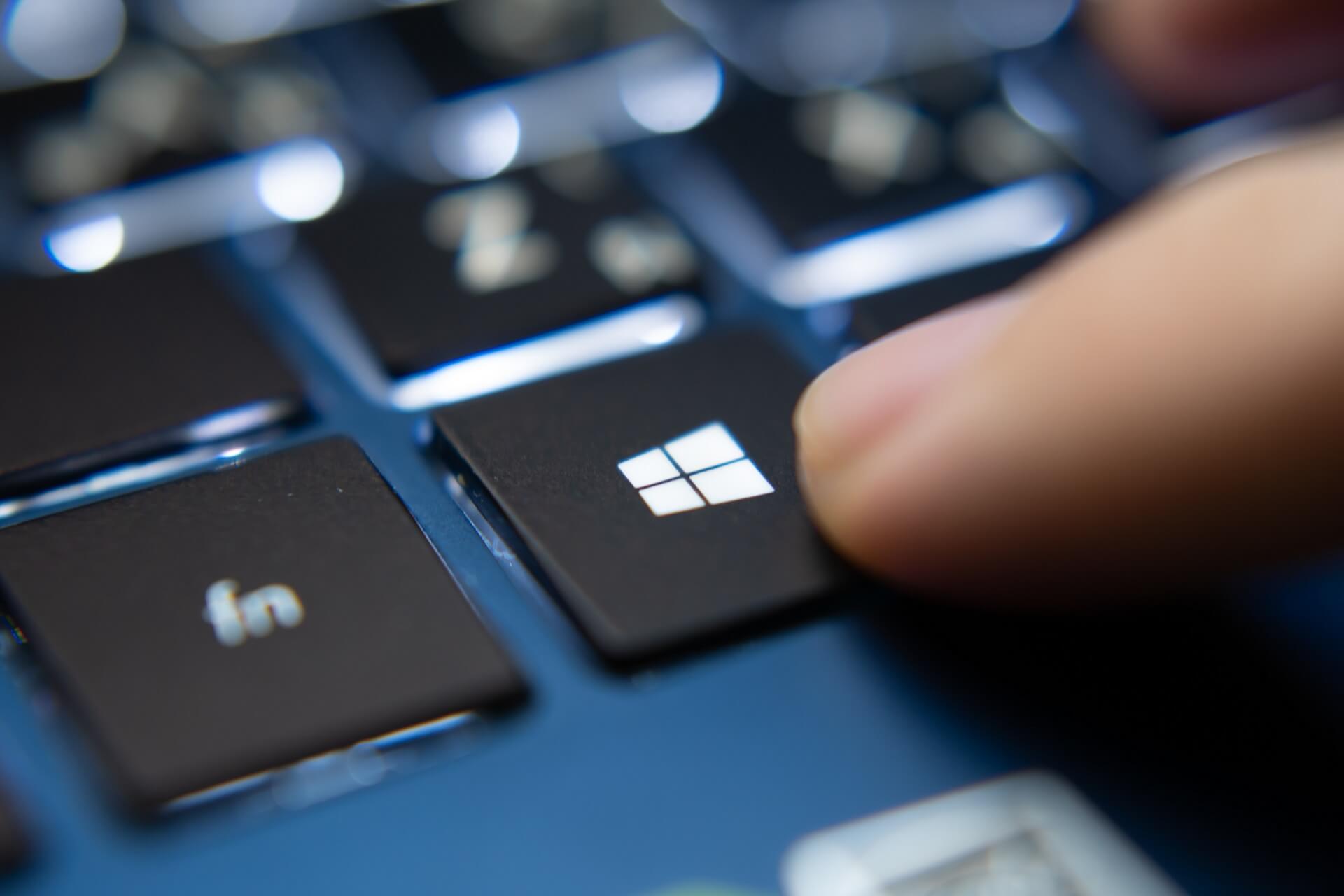Updated February 2025: Stop getting error messages and slow down your system with our optimization tool. Get it now at this link
- Download and install the repair tool here.
- Let it scan your computer.
- The tool will then repair your computer.
Experiencing issues with the Windows key not functioning properly can be frustrating, especially if you rely on Windows shortcuts to speed up your workflow. Various factors, such as software glitches, system configurations, or hardware issues, can cause the Windows key to become unresponsive. Fortunately, there are several troubleshooting steps you can take to restore the functionality of your Windows key on Windows 10.

Understanding the Root of the Problem
Before diving into the solutions, it’s essential to pinpoint what might be causing the Windows key to stop working. Sometimes, the issue could be as simple as the key being physically stuck or dirty. Cleaning your keyboard or checking if the Windows key is obstructed can be a quick fix. However, if the issue isn’t hardware-related, you’ll need to explore software and system settings that might be disabling the key.
Disabling Filter Keys
The Filter Keys feature in Windows 10 is designed to ignore brief or repeated keystrokes, which can sometimes result in the Windows key not being recognized. To turn off Filter Keys:
- Open the Settings app by pressing
Win + I. - Navigate to Ease of Access > Keyboard.
- Find the Filter Keys section and turn it off.
Restarting Windows Explorer
A common way to resolve various system issues, including a non-responsive Windows key, is by restarting Windows Explorer:
- Open the Task Manager by pressing
Ctrl + Shift + Esc. - Under the Processes tab, locate Windows Explorer.
- Right-click on Windows Explorer and select Restart.
Disabling Game Mode
Game Mode in Windows 10 is designed to optimize your system for gaming, but it might interfere with the Windows key functionality:
- Go to the Settings app (
Win + I). - Click on Gaming > Game Mode.
- Turn off the Game Mode switch.
Additionally, check if your keyboard has a dedicated Game Mode or Win Lock key, which disables the Windows key to prevent accidental presses during gaming sessions. If so, toggle this key to re-enable the Windows key.
February 2025 Update:
You can now prevent PC problems by using this tool, such as protecting you against file loss and malware. Additionally, it is a great way to optimize your computer for maximum performance. The program fixes common errors that might occur on Windows systems with ease - no need for hours of troubleshooting when you have the perfect solution at your fingertips:
- Step 1 : Download PC Repair & Optimizer Tool (Windows 10, 8, 7, XP, Vista – Microsoft Gold Certified).
- Step 2 : Click “Start Scan” to find Windows registry issues that could be causing PC problems.
- Step 3 : Click “Repair All” to fix all issues.
Using PowerShell and Registry Adjustments
You can use PowerShell to re-enable the Windows key or adjust registry settings to fix the issue:
- To use PowerShell, right-click the Start button and select Windows PowerShell (Admin). Enter the command
Get-AppXPackage -Name Microsoft.Windows.ShellExperienceHost | Foreach {Add-AppxPackage -DisableDevelopmentMode -Register "$($_.InstallLocation)\AppXManifest.xml"}. - For registry adjustments, press
Win + R, typeregedit, and press Enter. Navigate toHKEY_LOCAL_MACHINE\SYSTEM\CurrentControlSet\Control\Keyboard Layoutand delete theScancode Mapentry if it exists.
Creating a New User Account
Sometimes, the problem might be linked to your user profile. Creating a new user account can help determine if the issue is user-specific:
- Go to Settings > Accounts > Family & other users.
- Under “Other users,” click on Add someone else to this PC and follow the prompts to create a new account.
- Log into the new account and test if the Windows key works.
Running System File Checker (SFC) and DISM
System file corruption can lead to a non-functional Windows key. Running an SFC scan or using Deployment Image Servicing and Management (DISM) can potentially fix corrupted system files:
- Press
Win + Xand choose Command Prompt (Admin) or Windows PowerShell (Admin). - For SFC, type
sfc /scannowand press Enter. - For DISM, type
DISM /Online /Cleanup-Image /RestoreHealthand press Enter.
Updating or Reinstalling Keyboard Drivers
Outdated or corrupted keyboard drivers may also prevent the Windows key from working. To update or reinstall your keyboard drivers:
- Open Device Manager (
Win + X, then press M). - Expand the Keyboards category.
- Right-click on your keyboard and choose Update driver to search for updated drivers or Uninstall device to remove the driver and reinstall it after rebooting the system.
Using the On-Screen Keyboard and Troubleshooter
As a temporary solution, you can enable the on-screen keyboard from the Ease of Access settings. Additionally, running the built-in Keyboard Troubleshooter can help identify and resolve issues with the hardware:
- Go to Settings > Update & Security > Troubleshoot.
- Select the Keyboard Troubleshooter and run it.
If your Windows key is not working on Windows 10, there’s a good chance one of the solutions outlined above will help restore its functionality. Begin with the simpler checks and progressively move to the more advanced troubleshooting steps if the problem persists.
Expert Tip: This repair tool scans the repositories and replaces corrupt or missing files if none of these methods have worked. It works well in most cases where the problem is due to system corruption. This tool will also optimize your system to maximize performance. It can be downloaded by Clicking Here
